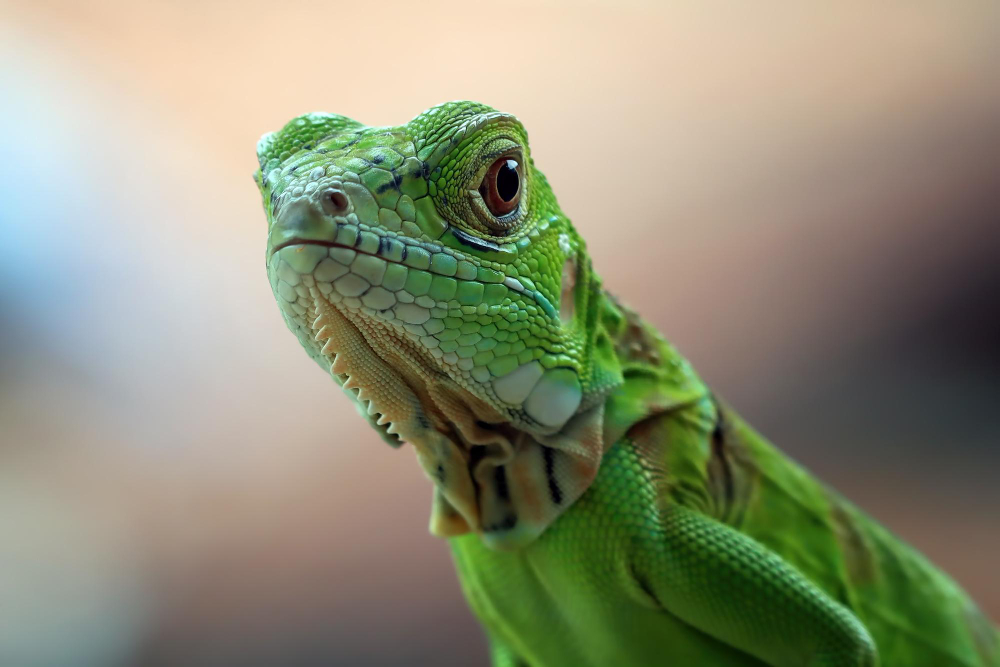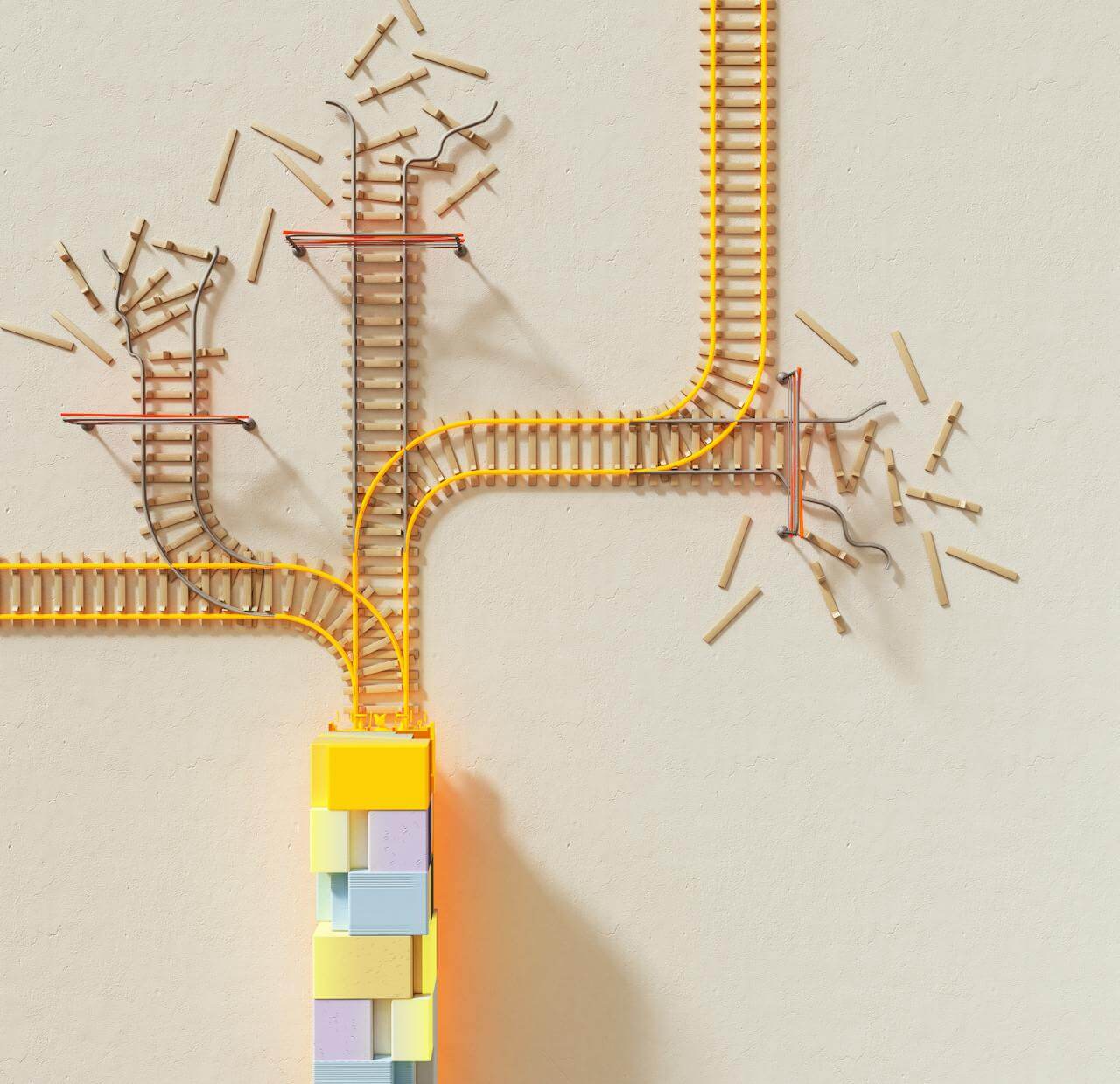Many adults see a child fleeing the room, hiding under a desk, or running down the hall and immediately interpret it as defiance, attention-seeking, or lack of discipline. The assumption is that the child is avoiding consequences or trying to control the situation by escaping. But flight is not a moral failure. It’s a nervous system response.
The truth: flight is the safest option
When a PDA child is overwhelmed, their body often defaults to fight, flight, freeze, or fawn. Of these, flight—leaving the situation—is sometimes the safest and least harmful option. A child who runs is not disrespecting you; they are protecting themselves from sensory, social, or emotional overload. In fact, helping a child learn how to flee safely—without needing to ask permission or explain—can be a powerful step in building regulation and autonomy.
The child’s nervous system is telling them: get out. And when we treat flight as a problem instead of a solution, we teach them that escaping distress is wrong. But escape is sometimes the most adaptive thing they can do.
-
Fight flight fawn freeze: surviving school
There are children who throw chairs when cornered, children who…
The practice: teach safe, supported elopement
Running was always discouraged at my child’s school. When a student did run, staff would often chase them—sometimes from multiple directions—trying to head them off. Unsurprisingly, my child began climbing trees. There was one tree in particular, and he could be thirty feet in the air within seconds. From there, he would sit, dysregulated and unreachable, while staff hollered at him from below. It felt catastrophic. And it was completely avoidable. If staff had embraced our request to build a safe place to flee to, none of this would have been necessary. It would have reduced risk, protected my child, and spared me the constant fear of finding him broken near the roots of that tree.
Work with your child to design a plan for safe flight. Identify where they can go—a designated room, a sensory corner, a bench outside the office. Create non-verbal ways they can signal the need to go: a card, a hand sign, a quick nod. Make it clear that they don’t have to explain or negotiate in the moment. Practice when they are calm. Role-play how to leave and come back. Treat it like any other self-regulation tool.
You are not enabling avoidance—you are enabling safety. And the more a child feels that leaving is allowed, the less they will need to do it in dangerous, explosive, or panicked ways.
-
Beyond blame: reimagining discipline in a trauma-informed world
Collective punishment is neither effective nor ethical. It disciplines the…
Why it works
When a child knows they have a guaranteed way to escape overwhelm, they don’t have to stay on high alert. Their body stops scanning for danger because it knows there’s always a way out. And ironically, this makes it less likely they’ll need to flee at all. The freedom to leave often makes staying possible.
If you’re the parent
You may worry that if your child runs away, they’ll never come back. You may have been told to “hold the line” or “follow through.” But for a PDA child, safety comes from having options. Giving them permission to leave doesn’t mean giving up—it means building trust. When they feel that you trust them to know their limits, they will begin to trust you, too.
If you’re the teacher
It might go against your training to let a child walk out of the room. But ask yourself: would you rather they throw a chair, collapse in tears, or find a calm bench to sit on? Plan ahead. Create a system. Let them leave quietly and come back when ready. When the option to leave is part of your classroom design, it becomes a skill—not a disruption.
Final reflection
We want children to fly—but not too high, not so fast they crash. Giving them space to run, safely and without shame, is not giving in. It’s giving breath. It’s giving choice. And choice is the beginning of regulation.













